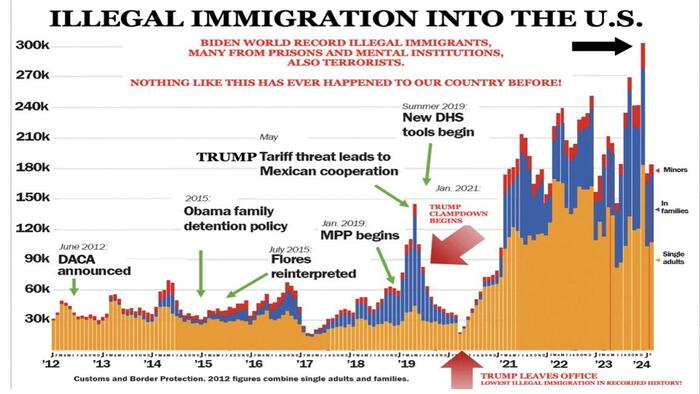In recent analyses, Bank of America’s Michael Hartnett has observed a notable shift in market sentiment regarding the potential for a Republican sweep in the upcoming elections, particularly a Trump victory. According to Polymarket, the likelihood of a Republican clean sweep on November 5 has surged to just below 50%, up from 33% on October 17. This increasing probability aligns with broader market trends; however, Hartnett points out that two significant assets, namely gold and oil, are behaving contrary to expected historical patterns. Typically, a strong Republican presence could lead to lower gold prices and higher oil prices, yet current market dynamics suggest otherwise.
Hartnett highlights gold’s remarkable performance, currently trading at $2,720 per ounce, which marks an all-time high. This starkly contrasts with previous historic peaks, such as $2,000 per ounce in 2020 and $1,900 in 2011. The underlying factors driving this gold bull market are multifaceted, encompassing expansive fiscal policies and inflationary pressures that characterize the 2020s. Hartnett identifies this decade as one marked by excessive fiscal measures both in the United States and globally, along with heightened tech and trade protectionism, which have significant implications for asset valuations.
A crucial aspect of Hartnett’s analysis revolves around the Federal Reserve’s commitment to lowering real interest rates in the forthcoming quarters. This policy stance is anticipated to stimulate inflation further, prompting investors to seek hedges against both inflation and the potential devaluation of the US dollar. Bitcoin’s ascendance to an all-time high of $75,000 serves as a corroborative indicator of the growing sentiment around alternative hedges like gold. Hartnett’s conclusions suggest that, in this environment of fiscal excess and inflationary danger, gold prices could soar well above $3,000 per ounce, reflecting strong demand for safe-haven assets.
The ongoing political landscape continues to exert considerable influence on investor behavior. Should a Republican sweep materialize, it would likely catalyze substantial changes in fiscal and monetary policy, which further complicates the market outlook. The historical context demonstrates that commodity prices often react to shifts in political power; however, the current divergence with gold and oil price movements indicates an element of uncertainty. This uncertainty prompts investors to reassess their positions and strategies in light of potential policy changes that could arise following the elections.
As Hartnett’s analysis unfolds, it becomes evident that the interplay between political developments and market responses is intricate. Investors are faced with the challenge of navigating an environment ripe with inflationary risks and shifting hedging strategies. The consistent climbing of gold prices amidst expectations of a political transition suggests that market participants are bracing for change while seeking refuge in more secure assets. Hartnett’s forecast serves as a critical reminder of the importance of safeguarding investments against economic volatility, particularly in the context of possible Republican governance.
In conclusion, Michael Hartnett’s examination of the current market dynamics surrounding the potential outcomes of the upcoming elections reveals important insights into investor sentiment and asset performance. The diverging paths of gold and oil prices reflect underlying economic and political conditions, highlighting that the consequences of a Republican sweep extend beyond mere electoral outcomes. With gold poised to surpass $3,000 per ounce and continued inflationary pressures anticipated, investors are compelled to adopt proactive strategies to mitigate risks and safeguard their financial future in an increasingly tumultuous landscape.

